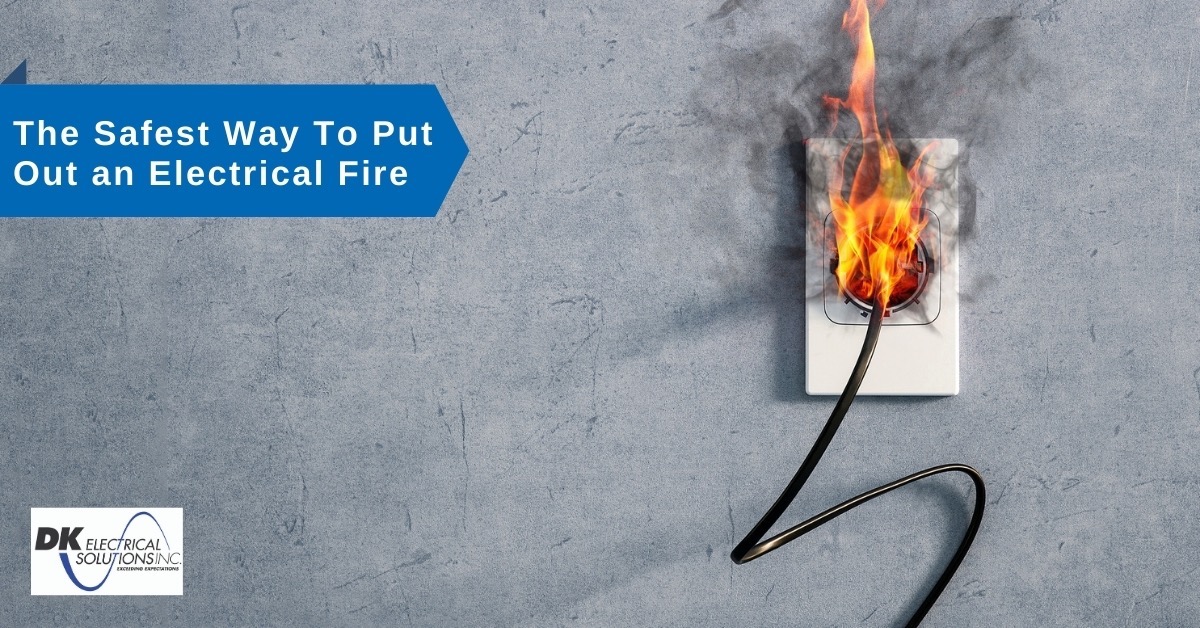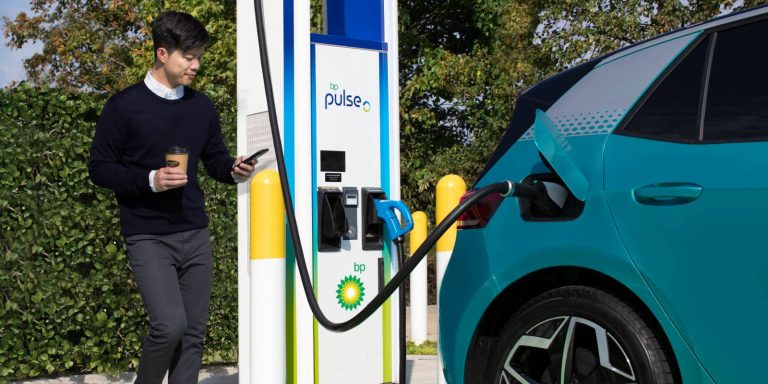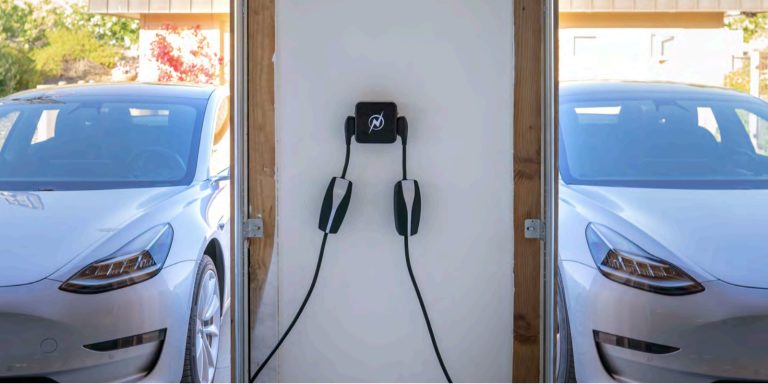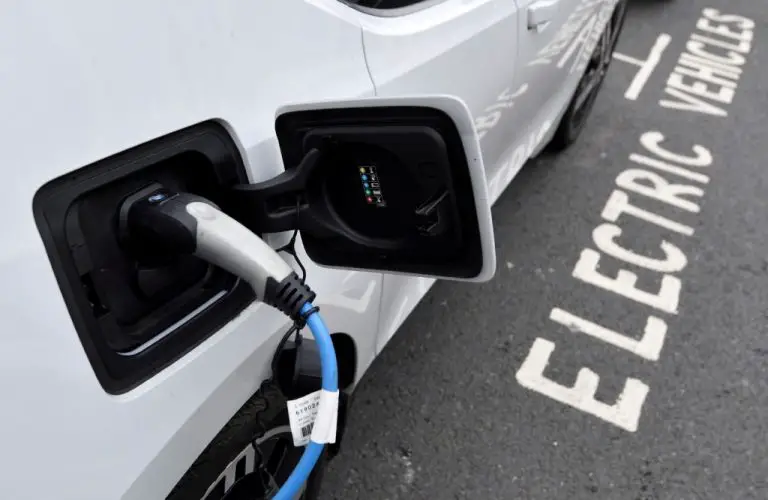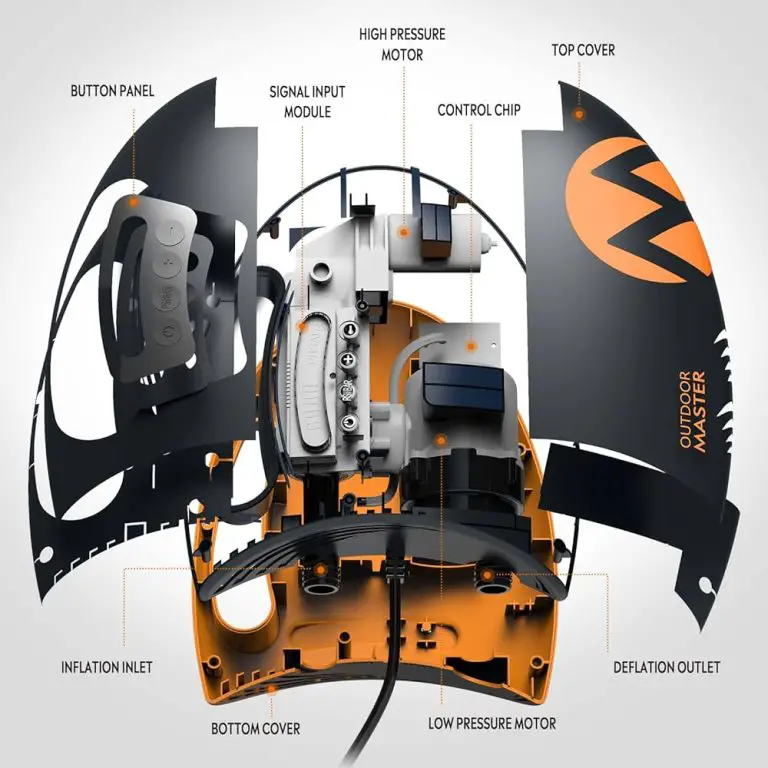How to Put Out Electric Car Fire: Essential Safety Tips
Electric cars have gained immense popularity in recent years due to their environmental benefits and energy efficiency. However, like any vehicle, electric cars are susceptible to fires, which can be especially challenging to extinguish due to the unique nature of their power source. In the event of an electric car fire, it’s crucial to understand the proper procedures for safely and effectively extinguishing the flames.
The Unique Challenges of Electric Car Fires
Unlike traditional gasoline-powered vehicles, electric cars are powered by high-voltage lithium-ion batteries. When these batteries catch fire, they can release toxic fumes and reignite even after being seemingly extinguished. This presents a significant challenge for first responders and bystanders attempting to put out the fire.
Steps to Safely Extinguish an Electric Car Fire
When faced with an electric car fire, following these steps can help ensure the safety of individuals and effectively extinguish the flames:
1. Safety First
Before attempting to put out an electric car fire, ensure that all individuals are at a safe distance from the vehicle. If the fire occurs on the road, move away from traffic and warn approaching vehicles of the hazard.
2. Disconnect The Power Source
Electric cars are equipped with high-voltage systems that must be deactivated to reduce the risk of electric shock and reignition. Locate the vehicle’s power disconnect switch, usually found in the trunk or near the charging port, and turn it off if it’s safe to do so.
3. Use A Class D Fire Extinguisher
Traditional fire extinguishers designed for gasoline fires are not suitable for extinguishing electric car fires. Instead, use a Class D fire extinguisher specifically designed for lithium-ion battery fires. These extinguishers contain non-conductive agents that can safely smother the fire without conducting electricity.
4. Apply The Extinguishing Agent
When using a Class D fire extinguisher, direct the extinguishing agent at the base of the flames, where the source of the fire is located. Apply the agent in a sweeping motion to ensure thorough coverage and suffocate the fire.
5. Cool The Battery
After the flames have been extinguished, it’s important to cool the battery to prevent reignition. If available, use large amounts of water to flood the battery and dissipate heat. Avoid using excessive amounts of water, as it can create other hazards if it comes into contact with live electrical components.
6. Monitor For Reignition
Even after extinguishing the fire and cooling the battery, continue to monitor the vehicle for any signs of reignition. The risk of reignition is a significant concern in electric car fires, and constant vigilance is necessary to prevent further incidents.
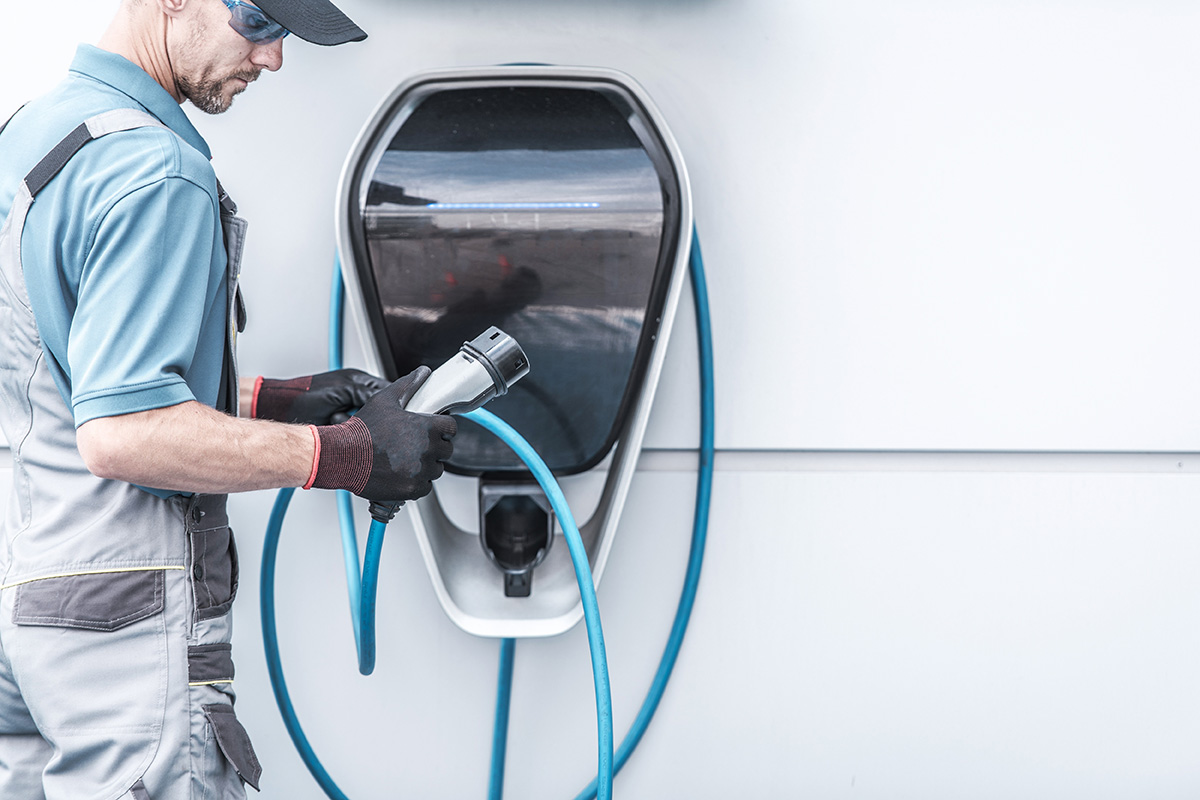
Credit: www.grainger.com
Additional Considerations
When dealing with an electric car fire, it’s important to keep the following considerations in mind:
- Always prioritize personal safety and evacuate the area if the fire becomes uncontrollable.
- Communicate with emergency services and provide as much information about the vehicle and the fire as possible to aid in their response.
- Seek medical attention for any individuals who may have been exposed to smoke or fumes from the fire.
Conclusion
While electric car fires present unique challenges, understanding the proper procedures for extinguishing the flames is crucial for ensuring the safety of individuals and minimizing the risk of property damage. By following the steps outlined in this guide and remaining vigilant, it’s possible to effectively put out an electric car fire and prevent further harm.
